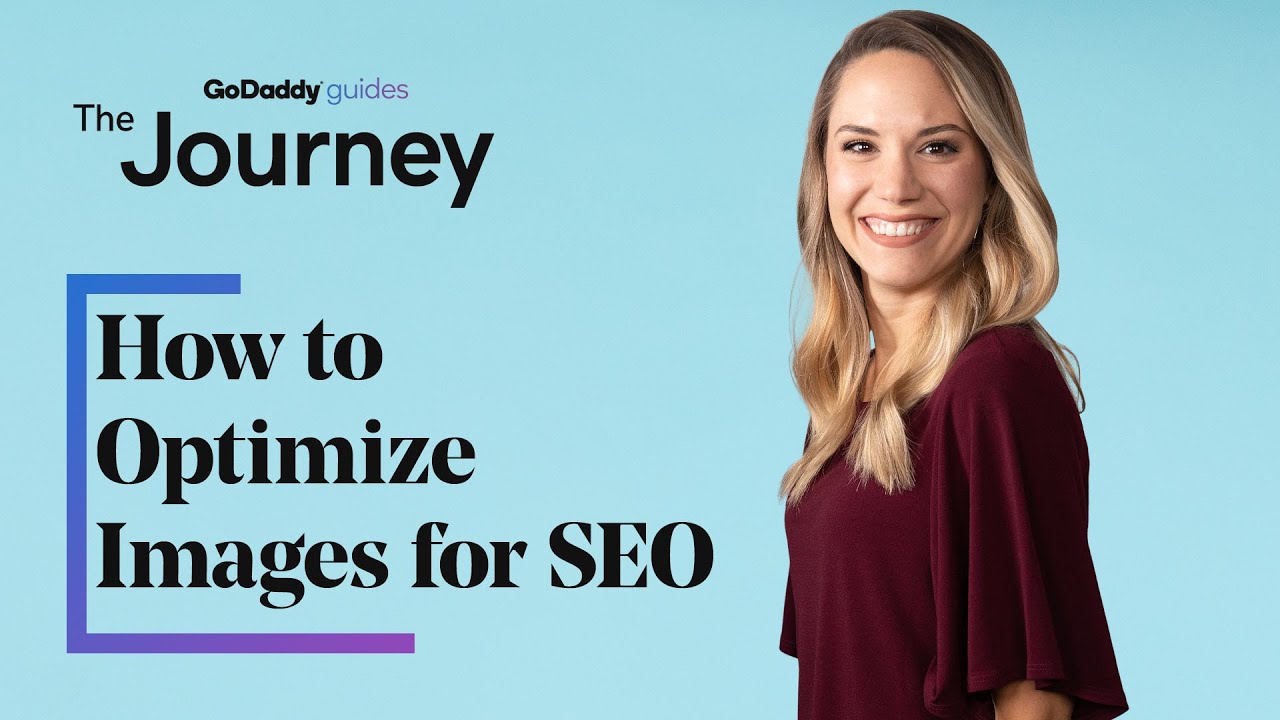How to Optimize Images for Web and SEO
Search Engine Optimization Tips
✅Read about it here ➜ http://bit.ly/2PhhqtmGoDaddy
Fresh, unique images are essential for engaging with users online as you battle for their attention against the vast quantity of other online content. Written content is essential for conveying information, but the images are often easier for people to digest and remember.
⏰TIMESTAMPS⏰
01:08 – Demonstration
01:34 – Using alternative text
03:11 – Optimize captions and descriptions
04:28 – Optimize image size
Since images have become the gateway to social media engagement, we need to make sure they don’t slow down your web page and are actually showing up in search, the way you want them to. Here are some ways to optimize images for web and SEO.
SEO image optimization is the process of creating and delivering high-quality images in the ideal size, format, and resolution to increase user engagement. It also involves labeling images correctly so that search engine crawlers can find them and understand what they are. Given how important images are to a company’s brand and online presence, it’s a surprise that more people aren’t fluent in incorporating image optimization into their SEO strategy.
Although search engines can’t “see” image content, you can capture the attention of Google, Bing and other search engines by creating relevant captions and HTML descriptions for the photographs on your website and social media pages.
Create image captions.
Captions are one of the most-read pieces of information on websites and are a great way to give visitors and search engines more information about your products and/or services, by way of the images you choose to represent them.
Use file names and Image ALT Text.
The Image ALT Text and file name give photos a text description so search engines can “read” the image and know what it’s about. Descriptive, relevant keywords help search engines rank your image in search results. To further improve your image’s ranking, avoid file names like “DSC_00001345.jpg” by simply renaming your image before uploading it to your site. Capitalization also plays a huge role in this. For instance, each word is capitalized and a description of the image. For instance: Image ALT: Man Feeding A Dog A Treat.
Resize your images
The average website contains about 1.8MB of images, which represents 60% of a site’s size. Though it is important to include high-quality, high-resolution photos on your website, they often can result in slow page loading speeds. One way to increase your site’s load speed is by making image sizes smaller, a positive contribution to SEO.
Don’t forget image metadata
Metadata is any auxiliary information stored within a file, including when the file was created or last edited. Metadata can account for up to 15% of a JPEG image’s total size. Other image metadata can include thumbnails, copyright information and color profiles. This type of information is considered structured data, as it resides in a fixed field within a record or file.
By adding structured data to your images, you can help search engines display your image as rich results.
Image optimization can feel like a lot of work. Even when you understand how to choose the right images, the right associated data and the right image size for your website, it’s easy to feel overwhelmed. However, using these tips on how to optimize images for web and SEO can go a long way with connecting to your target audience online.
The Journey is what everyday entrepreneurs, like you, need to follow in the pursuit of online success. Our experienced GoDaddy Guides are here to take you through all the steps, both big and small, that you encounter every day.
———-
Watch other videos: https://bit.ly/30nBpJ8
Subscribe on YouTube: https://www.youtube.com/user/godaddy?sub_confirmation=1
Website: https://www.godaddy.com
Facebook: https://www.facebook.com/GoDaddy
Twitter: https://twitter.com/godaddy
Instagram: https://www.instagram.com/godaddy
#web #images #seo
✅Read about it here ➜ http://bit.ly/2PhhqtmGoDaddy
Fresh, unique images are essential for engaging with users online as you battle for their attention against the vast quantity of other online content. Written content is essential for conveying information, but the images are often easier for people to digest and remember.
⏰TIMESTAMPS⏰
01:08 – Demonstration
01:34 – Using alternative text
03:11 – Optimize captions and descriptions
04:28 – Optimize image size
Since images have become the gateway to social media engagement, we need to make sure they don’t slow down your web page and are actually showing up in search, the way you want them to. Here are some ways to optimize images for web and SEO.
SEO image optimization is the process of creating and delivering high-quality images in the ideal size, format, and resolution to increase user engagement. It also involves labeling images correctly so that search engine crawlers can find them and understand what they are. Given how important images are to a company’s brand and online presence, it’s a surprise that more people aren’t fluent in incorporating image optimization into their SEO strategy.
Although search engines can’t “see” image content, you can capture the attention of Google, Bing and other search engines by creating relevant captions and HTML descriptions for the photographs on your website and social media pages.
Create image captions.
Captions are one of the most-read pieces of information on websites and are a great way to give visitors and search engines more information about your products and/or services, by way of the images you choose to represent them.
Use file names and Image ALT Text.
The Image ALT Text and file name give photos a text description so search engines can “read” the image and know what it’s about. Descriptive, relevant keywords help search engines rank your image in search results. To further improve your image’s ranking, avoid file names like “DSC_00001345.jpg” by simply renaming your image before uploading it to your site. Capitalization also plays a huge role in this. For instance, each word is capitalized and a description of the image. For instance: Image ALT: Man Feeding A Dog A Treat.
Resize your images
The average website contains about 1.8MB of images, which represents 60% of a site’s size. Though it is important to include high-quality, high-resolution photos on your website, they often can result in slow page loading speeds. One way to increase your site’s load speed is by making image sizes smaller, a positive contribution to SEO.
Don’t forget image metadata
Metadata is any auxiliary information stored within a file, including when the file was created or last edited. Metadata can account for up to 15% of a JPEG image’s total size. Other image metadata can include thumbnails, copyright information and color profiles. This type of information is considered structured data, as it resides in a fixed field within a record or file.
By adding structured data to your images, you can help search engines display your image as rich results.
Image optimization can feel like a lot of work. Even when you understand how to choose the right images, the right associated data and the right image size for your website, it’s easy to feel overwhelmed. However, using these tips on how to optimize images for web and SEO can go a long way with connecting to your target audience online.
The Journey is what everyday entrepreneurs, like you, need to follow in the pursuit of online success. Our experienced GoDaddy Guides are here to take you through all the steps, both big and small, that you encounter every day.
———-
Watch other videos: https://bit.ly/30nBpJ8
Subscribe on YouTube: https://www.youtube.com/user/godaddy?sub_confirmation=1
Website: https://www.godaddy.com
Facebook: https://www.facebook.com/GoDaddy
Twitter: https://twitter.com/godaddy
Instagram: https://www.instagram.com/godaddy
#web #images #seo
source

